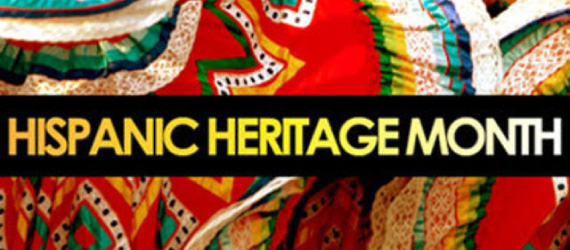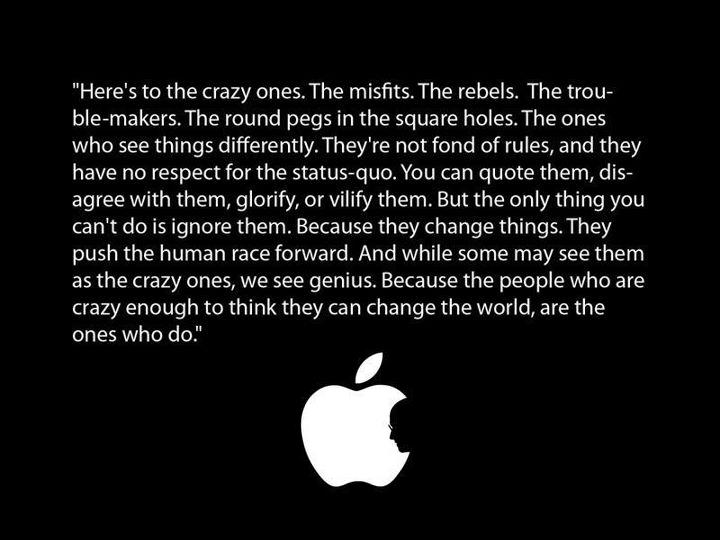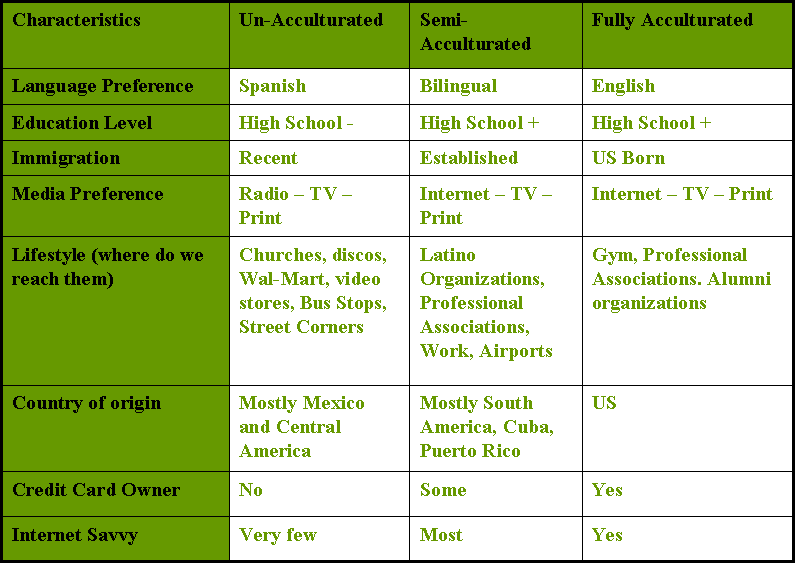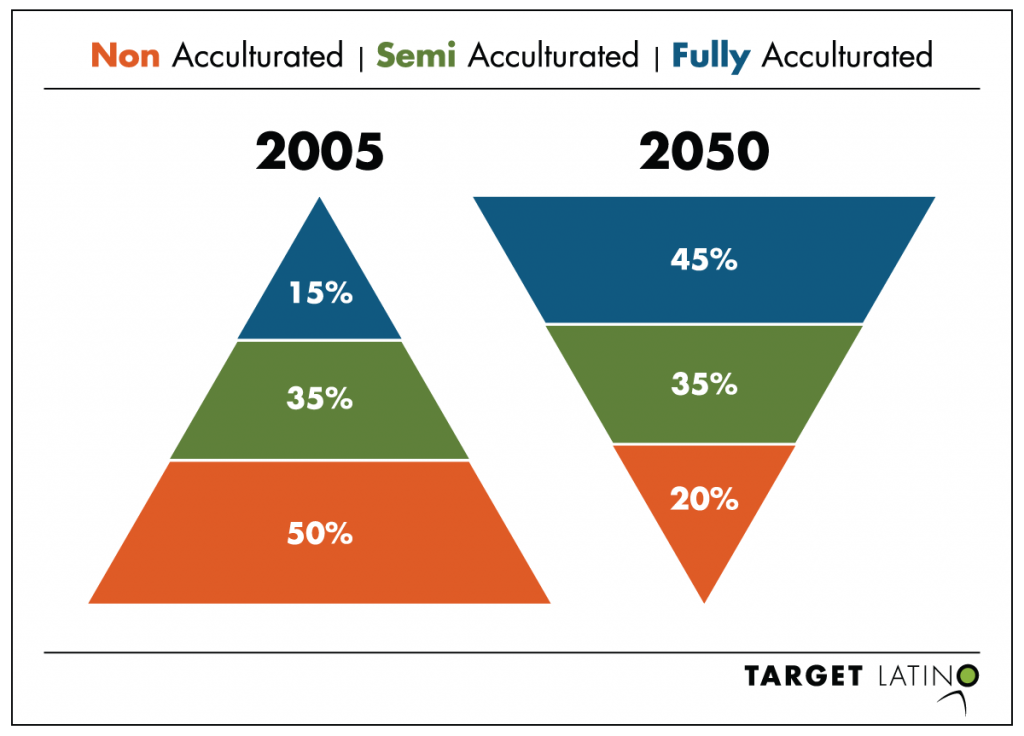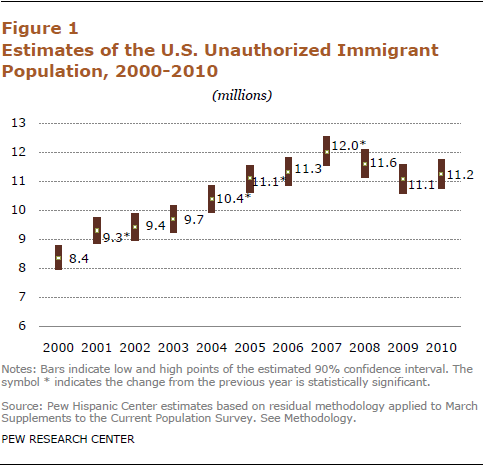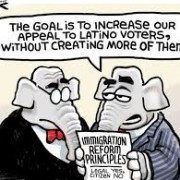The Recession As Hispanics See It
Very interesting article from Patricia Graham, Executive Vice President and Chief Marketing Officer of Knowledge Networks.
The Recession As Hispanics See It
by Patricia Graham, April 23, 2009, 11:30 AM
It is no secret that the struggling economy is affecting everyone in one way or another. But how, specifically, are Hispanics viewing and weathering the downturn? Data sources abound about the general population — polls from various sources that may or may not be statistically representative of that or any group. But those who need to make marketing and business decisions taking into account Hispanics and the economy need something more substantial.
New data from a representative cross-section of all Americans — including Hispanics — is providing just that, along with some surprising insights, with greater reliability, on the recession as Hispanics see it.
Knowledge Networks asked 28,754 people (ages 18 and above) — including 2,511 Hispanics — on our nationally representative KnowledgePanel® the following question: “Do you consider the state of the economy to be better, worse, or about the same relative to one year ago?” In the general population, 88% said “worse,” and 10% said it’s about the same, with no differences appearing by ethnicity — indicating a common view: “It’s worse.” It seems that we see ourselves as sharing the same boat.
The future: Optimism versus pessimism
When it comes to optimism about the future, however, clear ethnic and racial differences do emerge. Hispanics and African Americans are envisioning the health of our economy one year from now very differently from Caucasians.
In their survey responses, Hispanics were less likely than the general population or African Americans to say that the economy would get worse — 29% for Hispanics, versus 37% for African Americans and 34% for Caucasians. In fact, 38% of Hispanics think there will be no change in the economy one year from now, a stasis view that African Americans do not share (29%).
What behaviors would they change?
Nationally, attempts abound to predict how people will behave in the marketplace, given differences in economic psychology among different ethnic and racial groups. In short, what might people change if the economy gets worse … or if it gets better?
Let’s look at what Hispanics and other groups said they would do, as a consequence of the economy getting worse. Almost everyone who self-evoked the “worse” scenario will change how much they spend. Yet, there are differences in predicted saving and investments by ethnicity. Hispanics (42%) and African Americans (44%) are less likely than Caucasians (49%) to change how much they save. They also are less likely to change how much they invest; 24% of Hispanics said their investment level would change, versus 30% in the general population.
And if things got better . . . ?
With an improving economy, it seems there is reason to believe that spending will bounce back. When asked, “Which of the following do you think you might change as a result of the economy improving?” Forty-one percent of the general population said they would change how much they spent; a drop of thirty-seven points relative to their spending behavior ‘if the economy was worse.’ So average people in the U.S. will be much less likely to reconsider their spending habits if the economy improves.
However, we again have a difference in the self-predicted behavior of Hispanics (and African Americans) compared to Caucasians under the improved economic scenario. The difference between their “economy gets worse” and “economy gets better” spending predictions was smaller for Hispanics (30 point difference) and African Americans (26 points) than it was for Caucasians (37 points).
This supports the conclusion that Hispanics may be among the last to have their spending habits change drastically as the economy improves — because they predict a smaller change in their spending for a positive economy. Ongoing online survey research using a representative sample can illuminate whether this is indeed the case.
Thought of the Day




